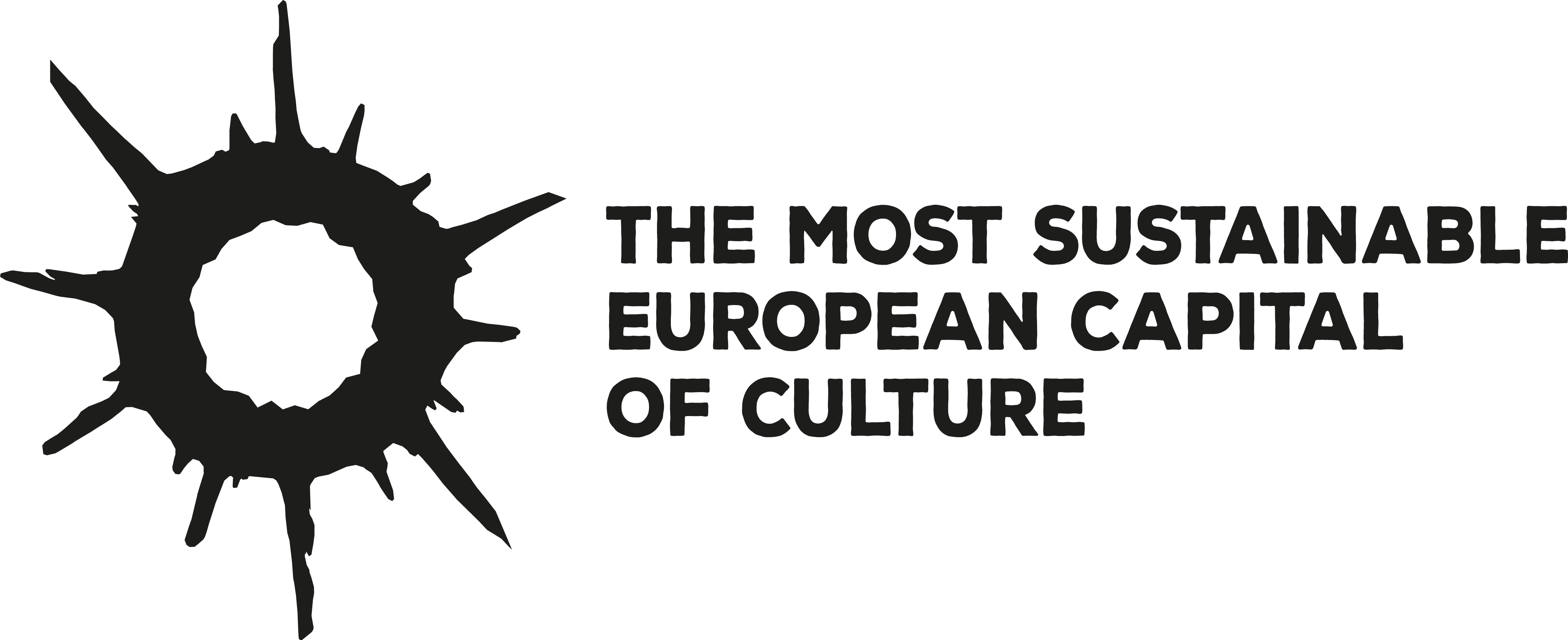Carbon Footprint

An event’s carbon footprint means the climate emissions caused by human actions at the event. In addition to carbon dioxide, these greenhouse gas emissions include methane and nitrous oxide. Emissions from event production form from energy consumption, travel, waste, purchases and food and drink. Reducing an event’s climate impact is only possible when the event’s emission sources are identified and a realistic and goal-oriented plan can be made for reducing them.
You can learn to calculate event emissions yourself with the help of ready-made calculators or Excel templates. It is a recommendable to prepare for calculating a carbon footprint by sorting out what information is needed on different areas. In a visitor survey, it is important for example to include questions about the audience’s travel habits and frequencies. The English Julie’s Bicycle’s organization’s free calculator is also suitable for measuring event emissions. Naturally, you can have the calculation entirely made by professionals, and many companies do offer customized carbon footprint calculations for event organizers.
In The Most Sustainable European Capital of Culture project, the carbon footprints of six events and one event space were calculated. The events were the Oulu-based Qstock, Varjo festival, Frozen People and Lumo Light Festival, Bättre Folk in Hailuoto and NUTS Karhunkierros and Solstice in Kuusamo. The carbon footprint of Ouluhalli was calculated as part of the event space carbon footprint.
Lisätietoa ja ‑vinkkejä
Some cities offer carbon footprint calculators for events on their website. View the City of Helsinki carbon footprint calculator.


